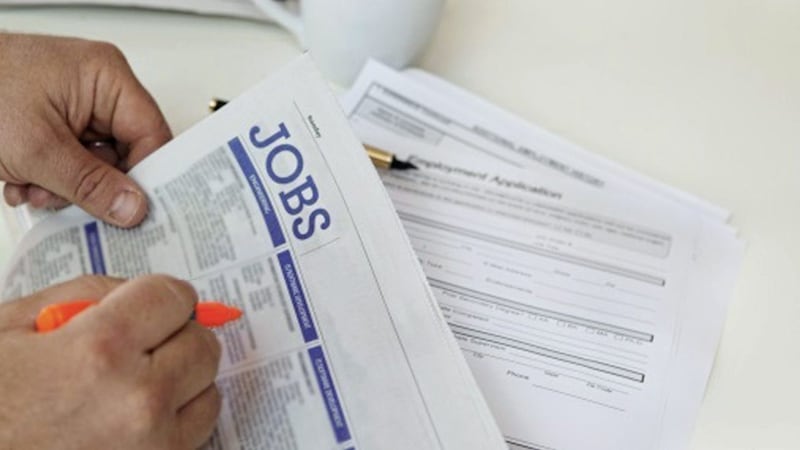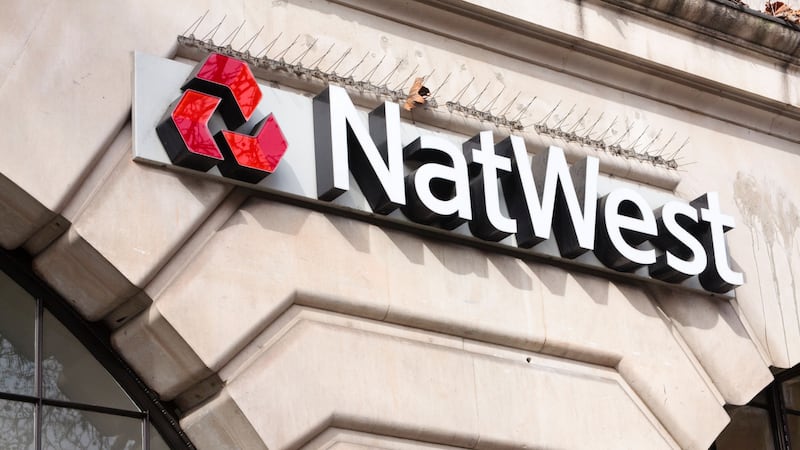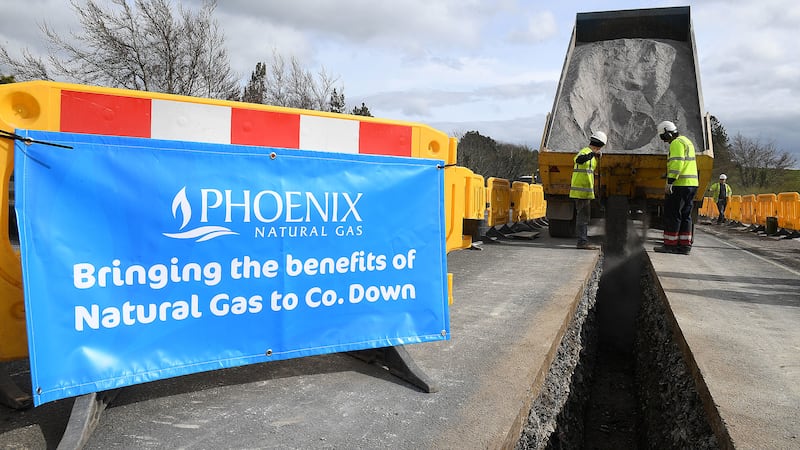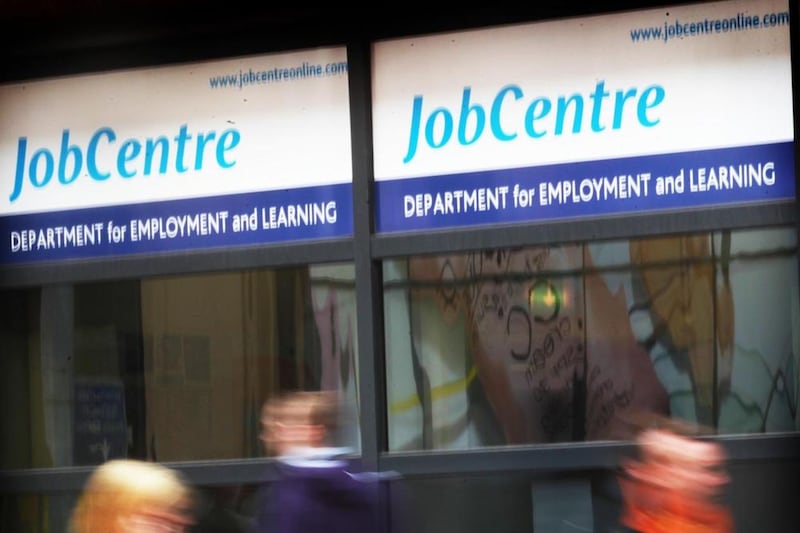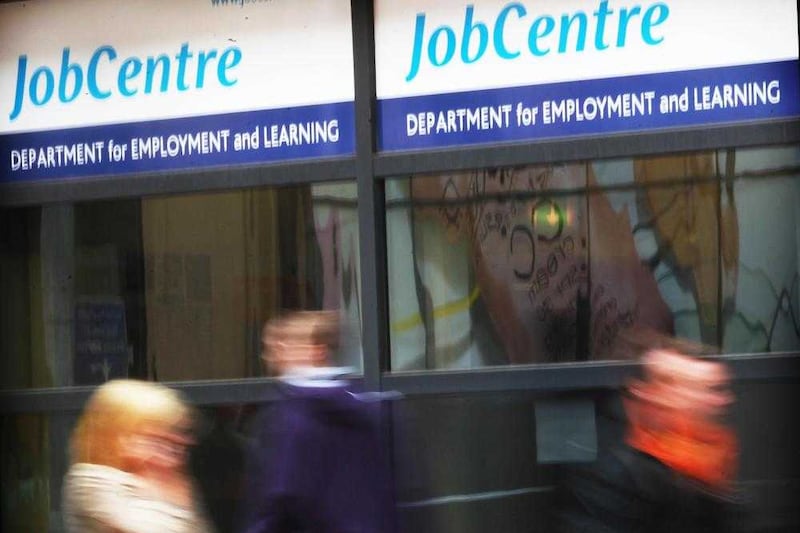A DECADE-long recovery of the north's labour market may just have plateaued, a top economist believes.
The latest official government statistics covering the third quarter of this year revealed another series of records for Northern Ireland.
Among them, the jobless rate hit an all-time low of just 2.5 per cent (in the not so distant past the rate was in the mid double digit percentages).
Meanwhile the percentage of working age adults in jobs stood at a hefty 72.3 per cent.
The number of individuals working in some shape or form hit a fresh high of 878,000 between July and September.
That's 4,000 more than the previous peak in quarter two and 4.3 per cent higher than the same three-month period in 2018.
But it won't necessarily continue, according to Ulster Bank's respected chief economist Richard Ramsey.
"Looking through all the statistical noise, there are still signs that suggest the labour market cycle has turned," he said.
"A surge in self-employment has been accompanied by a reduction in the number of ‘employees’ working.
"Meanwhile the total number of hours and average hours worked has eased back from its highs earlier in the year.
"And given the marked deterioration in business conditions in quarters three and four, it's expected this will increasingly become evident within the labour market in the coming months."
Mr Ramsey says the second quarter is still likely to have represented the peak in the total number of employee jobs as measured in the quarterly employment survey."
The third quarter figures show the annual pace of employment growth represented the largest gain in almost eight years in the north, though conceals contrasting fortunes for employees and self-employed.
Self-employment rose to a new record high of 139,000, gaining 5.3 per cent relative to Q2 and 13.9 per cent higher over the year.
This was largely drive by males, where self-employment jumped by 7.3 per cent quarter on quarter and 22.6 per cent year on year (annual female self-employment dipped 5.4 per cent).
Mr Ramsey, however, doesn't see those male numbers as representing an outbreak of entrepreneurship.
"No, the scale of the rise is more indicative of forced rather than voluntary self-employment. That is, males are moving from more secure employee roles into self-employment," he said.
On a UK-wide basis, City analysts say the jobs market has "softened" as Brexit uncertainty weighed on hiring in September.
Economists also warned that data revealing a slump in wage growth was "concerning", following Tuesday's figures from the Office for National Statistics (ONS).
The growth in average earnings slipped to 3.6 per cent in September from 3.8 per cent the previous month, disappointing City analysts who predicted growth would stay flat.
However, employment figures were better than many analysts feared but still resulted in the second consecutive month of decline.
Howard Archer, chief economic adviser to the EY Item Club, said: "The latest jobs data are a mixed bunch but overall show a softening trend - indicating that the labour market is now undeniably faltering in the face of overall soft domestic economic activity, a weakening global economy and heightened Brexit and domestic political uncertainties.
"It may well be that firms were particularly prone to delay or cancel their hiring plans as the October 31 deadline for Brexit loomed and there were real concerns that the UK could leave the EU then without a deal."
